How to Keep Your Health Inspector Happy
It will come as no surprise to you that businesses must comply with hygiene regulations. When the business is a hospital, commercial kitchen or food manufacturing company, hygiene must be at the highest of standards to protect workers and the general public. Plus, companies who take a lax view on hygiene could be shut down or even prosecuted due to the serious consequences that could occur. But, we’re sure you know this already. The purpose of this blog is therefore to simply help you on your way to improving your hygienic environment.
What the law says
The general requirements state that the environment you are managing must be kept clean and well maintained. In order to do this easily, the whole are must be designed to accommodate not only efficient working, but also cleaning, disinfecting and maintenance all while minimising the amount of air-borne contaminations.
Protecting the environment is of great importance. So this means protecting against contact with toxic materials, particles that have been shed from walls, against the build-up of dirt and from mould forming.
These come from the most important regulation for food hygiene and your business:
- Regulation (EC) No. 852/2004 on the hygiene of foodstuffs
- The Food Hygiene (England) Regulations 2006 (as amended) (and equivalent regulations in Scotland, Wales and Northern Ireland)
What you can do
Unlike other rooms with less need to be hygienic, clean environments can take advantage of new technology and purpose made materials to ensure you’re complying with regulations and standards.
Walls
Walls can be made or covered using material made to be used in hygienic environments. This material is non-absorbent, washable and non-toxic. It is also resistant to many chemicals and so is extremely easy to clean.
Ceilings
The surface overhead must be made from a material that prevents dirt building up or mould forming and stops unwanted particles becoming air-borne.
The bits in-between
Why create a hygienic environment with hygienic walls and ceilings if the bits in-between are left unprotected. These areas are common places to see dirt and mould forming so finding coving and skirting, designed especially to be easy to clean and minimise the areas where dirt can collect, can solve this issue.
Why cladding is the best option
Meets food hygiene standards
We don’t know about any other cladding but our hygienic cladding here at Be-plas provides you with a whole range of options. Our Elite PVC Wall panels are made from food safe PVC and have been used successfully in food and drink processing plants, restaurants and commercial kitchens.
Easy to clean
Easy to clean and with very little maintenance needed, quality wall and ceiling cladding can withstand strong chemicals. With such a smooth surface this all makes it so easy to wipe down, without having to uncover stubborn areas of gathered dirt.
Durable
Unlike painted surfaces, these smooth panels are made from sheets of plastic. This means they are extremely durable and won’t shed tiny particles into the air.
Great fire ratings
With fire ratings of Class 0 or Class 1 our hygienic wall and ceiling cladding makes for the perfect surface in particularly in the food preparation industry where fire safety is essential.
So really, why would you choose anything else? To us, hygienic wall and ceiling cladding makes for hassle free fitting, an easier working life and most of all a hygienic environment that will please your health inspector and keep your business thriving.

 NBS Specification
NBS Specification Book a CPD
Book a CPD